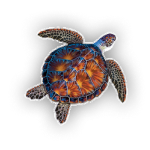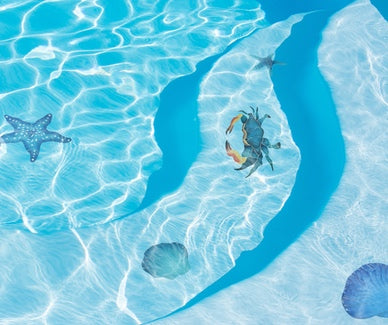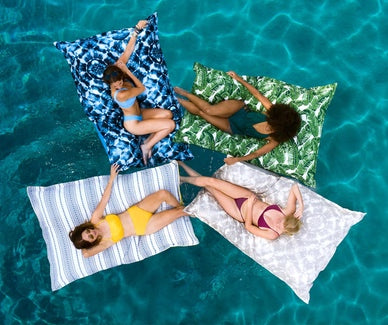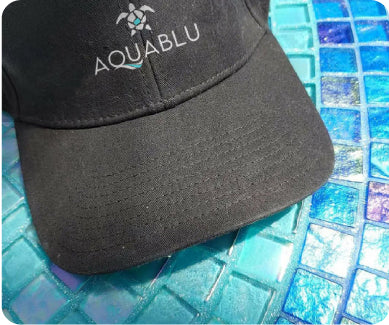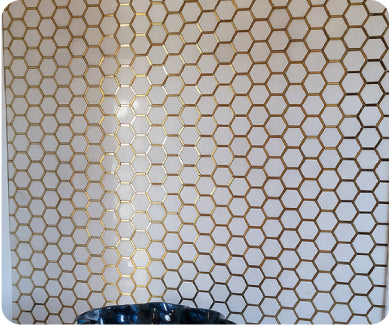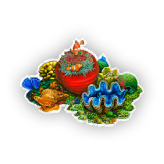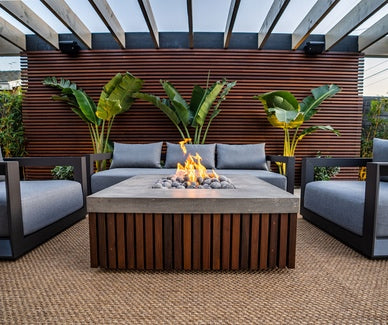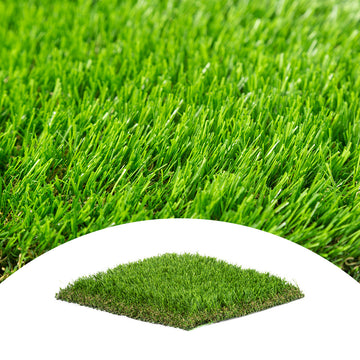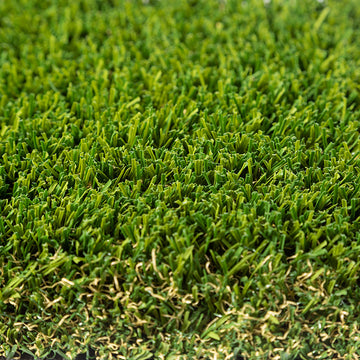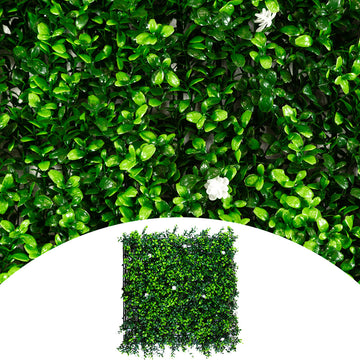

ARTIFICIAL GRASS
Artificial turf keeps your lawn looking beautiful and lush in every season without the need for constant watering and mowing. Durable and resistant to fluctuating weather, it is easy to clean and won’t fade over time, providing a consistent appearance with minimal maintenance. And with a new
Related Links ⌵
Artificial turf keeps your lawn looking beautiful and lush in every season without the need for constant watering and mowing. Durable and resistant to fluctuating weather, it is easy to clean and won’t fade over time, providing a consistent appearance with minimal maintenance. And with a new
Artificial Turf for Landscapes, Pet Areas, & More
Artificial turf is a great choice for those who are looking for a low-maintenance, durable option that maintains the appearance of natural grass year-round. Synthetic turf is most often utilized in residential and commercial settings including landscapes, sports fields, playgrounds, pet areas, putting greens, gyms, offices, and more. Able to withstand heavy foot traffic, artificial grass will not fade or lose color and does not have to be replaced as often as sod, making it a cost-effective investment over time. And with beautiful artificial plant walls, you can add lush greenery to any indoor space. Stylish and trendy, these garden wall panels add color and texture to any room and are UV resistant to prevent fading.
How does artificial grass compare to natural grass?
There are several advantages to switching from natural grass to artificial turf. One of the most significant benefits is that artificial turf does not need to be watered, making it more cost-effective in the long run. Artificial grass is also much more durable when compared to natural grass, allowing it to endure constant foot traffic and bad weather. Finally, fake grass appears very realistic, offering a neat and tidy appearance for any home or business.
Is artificial grass worth the investment?
Artificial grass has a number of advantages that make it a worthwhile investment for many homeowners and businesses. Turf is durable, low-maintenance, cost-effective, and realistic in appearance. It does not fade in color over time, and it is easy to clean. Over time, customers may actually see significant cost savings by switching from real grass to turf.
What is the best type of artificial grass to buy?
When choosing artificial turf, it is important to consider several factors such as the product weight, pile height, blade structure, and drainage to see what best suits your needs and application. There are a variety of artificial grass types on the market, each with its own set of advantages and disadvantages. Once you have considered all of these factors, you will be able to choose the best type of artificial grass for your home or business.
How do you clean artificial grass?
To clean artificial grass, it is recommended to use a brush or power washer on a low setting. You can also use soapy water or a mild detergent to remove any dirt or debris. Be sure to rinse the area afterward with clean water. For more stubborn stains, you may need to use a commercial cleaner or hire a professional.
Does artificial turf fade over time?
Artificial turf does not typically fade in color over time, but it is important to keep in mind that some artificial grasses may be more susceptible to fading than others. If you are concerned about the color of your artificial turf, be sure to ask us about the specific product you are considering. You can also look for turf that has been treated to resist fading.
How long does artificial grass last?
The lifespan of synthetic turf depends on several factors, including the type of grass, the climate, and how it is used. In general, artificial turf can last anywhere from 10 to 20 years. However, some types of turf may only last for a few years if they are not properly maintained.
Is artificial grass better for dogs?
There is no definitive answer when it comes to whether artificial grass is better for dogs than natural grass. Some pet owners claim that artificial turf is softer on a dog's paws and allows for easier cleanup, while others say that natural grass provides a more comfortable surface and helps to keep a dog cool in the summer months. Ultimately, it is up to the pet owner to decide which type of grass is best for their dog.











